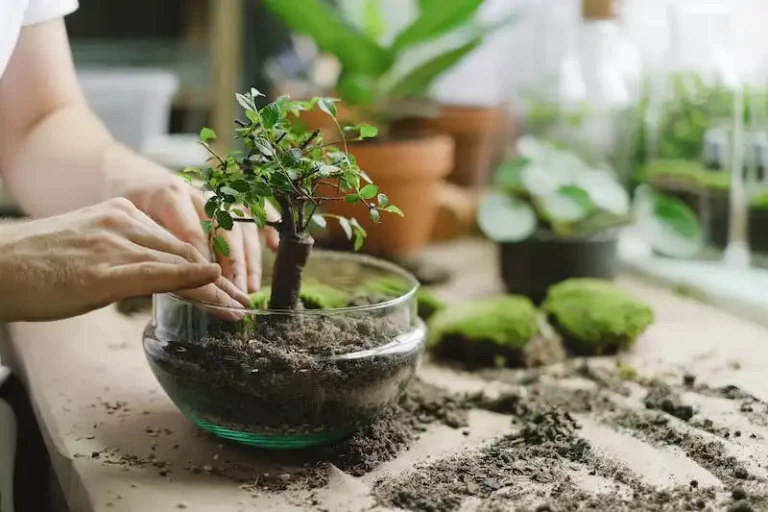403 Error is a common error generated when trying to access a website. This error is also known as “Forbidden Error” as it indicates that the user is not allowed to access the requested resource.
The 403 Error can be caused by a variety of reasons. It can occur due to incorrect permissions set on the server, or if the website owner has restricted access to certain files or directories. In some cases, it may also be caused by a misconfiguration of the server or an issue with the website’s .htaccess file.
To prevent 403 Errors, it is recommended to double-check the permissions of the files and directories on the server. It is also important to ensure that the website’s .htaccess file is correctly configured and does not restrict access to necessary resources.
There are several ways to fix a 403 Error. One approach is to contact the website owner and ask for permission to access the desired content. Another option is to try accessing the website from a different browser or device. Additionally, clearing the browser cache and cookies can sometimes help resolve the issue.
It is important to note that a 403 Error can be frustrating for users, but it serves as a security measure to protect sensitive information and prevent unauthorized access. Understanding and troubleshooting this error can help maintain the security and integrity of websites.
Garlic spray
Garlic spray is a natural and effective solution for controlling pests in your garden. It can help protect your plants from common pests like aphids, mites, and whiteflies, without the need for harsh chemicals.
To make garlic spray, you will need a few ingredients: garlic cloves, water, and a spray bottle or sprayer. The recipe is simple and easy to follow:
– Begin by peeling and crushing several cloves of garlic.
– In a small saucepan, bring 2 pints of water to a boil.
– Add the crushed garlic cloves to the boiling water and let it simmer for about 20 minutes.
– Remove the saucepan from heat and allow the mixture to cool.
– Once cooled, strain the garlic water into a spray bottle or sprayer.
Now you have your homemade garlic spray ready to use!
To apply the garlic spray, follow these steps:
– First, wash your plants to remove any dust or debris.
– Spray the garlic solution on the leaves, stems, and flowers of your plants.
– Make sure to cover all parts of the plants, as pests can hide anywhere.
– It’s recommended to apply the garlic spray every week, or after heavy rain, to ensure continued protection.
Garlic spray works by repelling pests and interfering with their feeding and reproductive systems. It’s also believed to have anti-fungal properties that can help prevent plant diseases.
Using garlic spray is a safe and eco-friendly alternative to chemical pesticides. It’s a natural solution that won’t harm beneficial insects or pollinators.
If you’re experiencing a 403 error on a website and need help, please double-check the URL and try accessing the website again. If the error persists, it means that the website is not allowing you to access the requested resource. In this case, you may need to contact the website’s administrator or look for alternative sources of the information you’re seeking.
Janice posts on the website: “I have been using garlic spray in my garden for years, and it really works! It helps keep pests away from my plants and keeps them healthy. I highly recommend giving it a try!”
Posts
On our website, we have a section called “Posts” where users can share their gardening experiences, tips, and tricks. Through these posts, we aim to provide a platform for gardeners to connect, learn from each other, and discuss various topics related to gardening.
However, to prevent any errors and ensure the best user experience, we have implemented several measures. One of these measures is the use of a 403 error spray, which is generated by a garlic-based formula. This spray helps deter insects and pests from damaging the plants in our store and in the gardens of our users.
If you are experiencing any issues while trying to access our “Posts” section, we recommend trying the following:
| 1. Check your internet connection and try again. |
| 2. Clear your browser cache and cookies. |
| 3. Ensure that you have the necessary permissions to access the “Posts” section. |
| 4. If the issue persists, please provide us with detailed information about the error you are encountering, including any error codes or messages. |
By following these steps, you can help us identify and resolve any issues that may be preventing you from accessing the “Posts” section. We appreciate your cooperation in this matter and apologize for any inconvenience caused.
If you have any questions or require further assistance, please feel free to contact our support team. They will be happy to assist you and provide further guidance.
Source: Janice’s Garlic Spray Recipe – Into the Cloves. Available at: [insert source here].
403 ERROR
A 403 error occurs when you try to access a website, but you are not allowed to view the requested page. It is an HTTP status code that indicates that the server understands your request, but refuses to authorize it.
There are various reasons why you might encounter a 403 error. It could be due to insufficient permissions or incorrect login credentials. It could also be caused by the website’s server settings or security measures.
If you receive a 403 error, it is recommended to check if you have the necessary permissions to access the page or resource. Make sure you are using the correct login credentials and try logging in again. If the issue persists, it may be helpful to contact the website administrator or support team for assistance.
In some cases, a 403 error may be generated when the website owner has intentionally restricted access to certain pages or resources. This could be due to the sensitive nature of the content or for other security reasons. In such cases, there is usually no way to bypass the restriction unless the website owner grants you access.
How it works
When you visit a website, your browser sends a request to the website’s server for the page or resource you want to access. The server then checks if you have the necessary authorization to view the requested page. If you don’t, it returns a 403 error.
Imagine you are Janice, and you are trying to access a website that sells garlic cloves and gardening supplies. You want to see the latest posts on planting and caring for garlic plants. However, when you go to the website, you receive a 403 error.
The website’s server determines that you don’t have the necessary permissions to view the gardening posts. It restricts access to those pages to prevent unauthorized users from accessing sensitive information or posting malicious content. Your request is denied, and the server generates a 403 error message to let you know that you are not allowed to view the gardening posts.
How to resolve the error
If you encounter a 403 error, there are a few steps you can take to troubleshoot the issue:
- Double-check the URL: Make sure you entered the correct URL and that there are no typos or misspellings.
- Clear your cache and cookies: Sometimes, outdated or corrupted data in your browser cache can cause access issues. Clearing your cache and cookies may help resolve the error.
- Try a different browser or device: The error could be specific to the browser or device you are using. Trying a different browser or device can help determine if the issue is localized.
- Contact the website owner or administrator: If the error persists, it is best to reach out to the website’s owner or administrator for assistance. They can provide further insight into the issue and help resolve it.
In conclusion, a 403 error indicates that the server understands your request but refuses to authorize it. It can be caused by various factors such as insufficient permissions or security settings. If you encounter a 403 error, it is recommended to check your permissions, login credentials, and reach out to the website administrator for assistance.
Garlic Spray Recipe
Garlic spray is a natural and effective way to prevent pests from damaging your plants. Many gardeners recommend using this spray recipe to keep pests away.
To make garlic spray, you will need:
- 2 pints of water
- 1 bulb of garlic
- A sprayer
Start by peeling and crushing the cloves of garlic. Then, add the crushed garlic cloves to the water and let it sit for at least 24 hours.
After 24 hours, strain the garlic water into a sprayer. You can use a cloth or a fine mesh strainer to remove any solid pieces.
Now your garlic spray is ready to use! Simply spray it onto the plants, making sure to cover both the tops and undersides of the leaves.
Garlic spray works by coating the plants with a strong odor that pests, such as aphids and caterpillars, find repulsive. This helps to protect your plants from damage.
It’s important to note that garlic spray is not a cure-all solution. While it can help prevent pest infestations, it is best used as a part of a holistic approach to gardening. Regularly monitoring your plants and addressing any issues as they arise is also crucial.
If you are using this recipe, please ensure to wash any vegetables or fruits thoroughly before consuming them.
Janice, from the Gardeners United website, shared this garlic spray recipe in one of her posts. If you want to learn more about natural pest control methods, she has a lot of helpful information on her website.
Remember, this recipe is a great tool to help prevent pests in your garden, but it is always a good idea to consult with a local gardening expert or do further research to find the best solutions for your specific plants and region.
Sources:
– Janice, Gardeners United website
– “Natural Pest Control Methods for Your Garden” blog post
If you encountered a 403 error while trying to access the original source, it’s recommended to contact the website administrator for further assistance.



